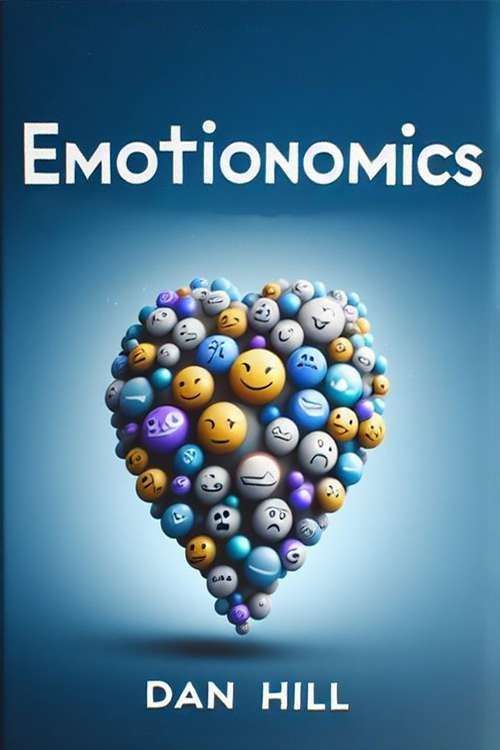About this Author
Dan Hill heads a consultancy firm aiding global companies in gauging and regulating emotions via advanced research tools like eye tracking and facial coding.
2009
Self-Help
15:26 Min
Conclusion
7 Key Points
Conclusion
Understanding emotions is pivotal for business success, as they often influence decisions more than logic. By closing the gap between what people say and feel, companies can tailor strategies to deeply connect with customers and employees, promoting increased sales, satisfaction, and brand loyalty.
Abstract
In "Emotionomics," Dan Hill delves into the intricate interplay between emotions and decision-making, by utilizing tools like the Facial Action Coding System (FACS), Hill emphasizes the significance of understanding the disparity between what people express verbally and what they truly feel. Through the lens of facial coding and the identification of seven core emotions, Hill highlights the critical role emotions play in various aspects of business, from marketing to leadership and employee management. By bridging the gap between stated opinions and genuine sentiments, businesses can create deeper connections with customers and employees, leading to increased sales, enhanced productivity, and overall satisfaction.
Key Points
- Emotions, not logic, drive decisions, urging businesses to understand and leverage true feelings for success.
- Bridging the gap between words and feelings is vital for enhancing sales and satisfaction.
- Facial coding unveils seven core emotions, guiding effective marketing strategies.
- Genuine smiles differ from social smiles, highlighting the importance of interpreting nonverbal cues.
- Facial-coding analysis refines marketing approaches by understanding consumer behaviors.
- The Emotional Matrix aids in understanding consumer motivations for branding and product design.
- Emotional intelligence in leadership promotes engagement and business success.
Summary
“Say-Feel Gap”
Most of our decisions are driven by emotions rather than logic. Emotions come before rational thinking, influencing our choices more than we realize. Despite valuing rationality, we're still deeply connected to our primitive instincts. Nonverbal cues like images play a big role in how we think, often overshadowing formal reasoning. Surprisingly, only a tiny fraction of our thinking—less than 0.0005%—is truly rational.
To boost sales, and profits, and keep both customers and staff happy, you need to understand their emotions. It's all about offering something unique that connects with them emotionally. People often say one thing and feel another, creating a gap between words and actions. This gap influences whether they buy from you, shop at your store, or work hard for your company. People tend to give answers they think others want to hear, rather than what they truly feel. This makes their responses, like their product choices, less reliable. So, to succeed, you need to bridge this gap and tap into their real emotions.
Close the Say-Feel Gap
The gap between what people say and what they tru
Share:



